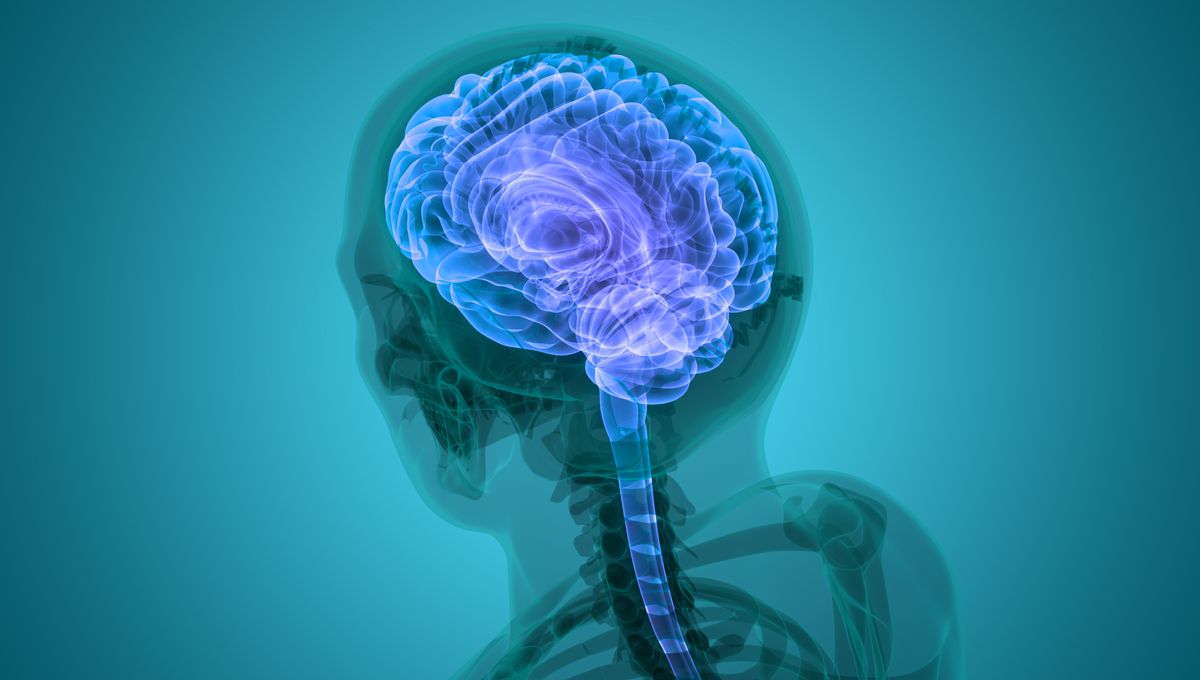
The fluid surrounding the brains of people with Alzheimer’s disease carries proteins different from those seen in people without the neurodegenerative condition. When Dutch scientists compared samples from more than 400 patients, however, they found they were not all the same. Instead, they identified five variants of the disease, with each patient having a set of proteins that marked them as having one of these variants. It’s plausible that this not only explains some of the differences we see in how Alzheimer’s progresses, but also signals the need to treat each variant differently, potentially explaining the high failure rate in finding successful treatments up until now.
Alzheimer’s is not only a particularly cruel disease, both for those who die of it and their loved ones, but one that could overwhelm healthcare systems as populations age. Aware of the problem, and the immense rewards from solving it, scientists have trialed a vast array of drugs against the condition. Many of these have performed well in animal models, yet failed in human trials.
Recently there has been some progress, with the first new drug for Alzheimer’s approved by the FDA in 18 years in 2021 and considerably better results announced last year for possible wonder drug donanemab, though both have their issues. For a long time, some neuroscientists have proposed the lack of success is that multiple conditions have been lumped together under the Alzheimer’s label. New research provides evidence for that hunch.
A team led by Betty Tijms of Vrije Universiteit Amsterdam tested the cerebrospinal fluid of 419 people diagnosed with Alzheimer’s, and 187 controls, for 1058 proteins. Half of those diagnosed had progressed to dementia. The authors had previously identified three subtypes based on testing for fewer proteins.
Alzheimer’s is associated with the development of beta-amyloid plaques on the brain, which can be used to diagnose it after death. So it was no surprise that some of those studied, labeled subtype 1, had increased amyloid production, among other distinctive features. Subtype 5, however, actually had reduced amyloid production, accompanied by disruption of the blood-brain barrier. Their nerve cell growth was also inhibited.
Subtype 2 suffered excessive pruning of the synapses and proteins associated with microglia (immune cells of the brain). Subtype 3, the rarest, showed RNA dysregulation, while in subtype 4 the problem was apparently with the choroid plexus, which produces the cerebrospinal fluid.
Each subtype has a specific genetic profile indicating higher risk. For example, subtype 1 is associated with enrichment of the TREM2 gene, which has previously been associated with Alzheimer’s.
If Alzheimer’s has such different molecular causes, the past failures in developing an effective treatment make sense. Laboratory animals, bred for similarity and with common genetic modifications, would likely all replicate the same variant. A molecule that interrupts the disease in one is likely to succeed in others. When it gets trialed in humans, however, we’d expect it to only work on a slice of the study group.
If the drug was a silver bullet that stopped neurodegeneration in its tracks in everyone with that variant, this might still be enough for the drug to prove its worth in clinical trials. However, few drugs are that effective.
Something that worked passably well in one-fifth of the treatment group might outperform a control so poorly it wouldn’t be statistically significant without a very large (and very expensive) sample size. The benefits would be even harder to detect if a drug was harmful for one variant, as might be the case for amyloid-targeting drugs given to subtype 5.
If that is the problem, then Tijms and co-authors might have the solution. If, by sampling the cerebrospinal fluid of people enrolled in future trials, their variant can be identified, it could be possible to test new drugs against each subtype.
The findings may reveal promising new targets for several subtypes. Targeting amyloid production looks like a viable strategy, but only for subtype 1, while ways to protect the blood vessels of the brain might be the priority for subtype 5. Subtypes 2 and 5 suffered more rapid disease progression and shorter life expectancies than the other subtypes, which could be important information for those being diagnosed in future.
The study is published in Nature Aging.
Source Link: Alzheimer’s Disease Has At Least Five Variants, Possibly Explaining Treatment Failures